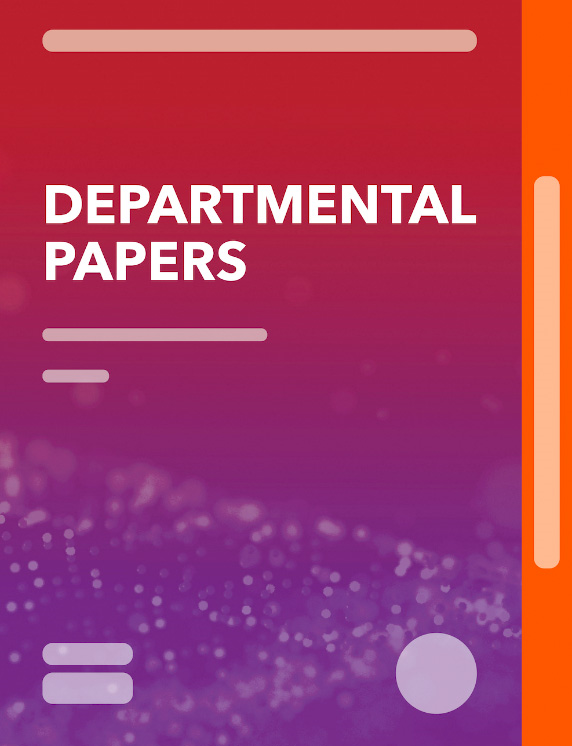Tackling Private Over-Indebtedness in Asia: Economic and Legal Aspects
August 28, 2020
Disclaimer: IMF Working Papers describe research in progress by the author(s) and are published to elicit comments and to encourage debate. The views expressed in IMF Working Papers are those of the author(s) and do not necessarily represent the views of the IMF, its Executive Board, or IMF management.
Summary
Subject: Asset and liability management, Corporate insolvency, Credit, Debt restructuring, Financial crises, Financial sector policy and analysis, Legal support in revenue administration, Money, Revenue administration, Solvency
Keywords: a number of debt-restructuring option, Asia and Pacific, corporate debt, Corporate insolvency, Credit, debt enforcement, debt restructuring, Debt restructuring, disposable income, enterprise debt, enterprise liability, Global, household debt, household debt expansion, insolvency, legal frameworks, Legal support in revenue administration, legal system, Private debt, reorganization procedure, repayment plan, resource allocation, restructuring mechanism, Solvency, WP
Pages:
37
Volume:
2020
DOI:
Issue:
172
Series:
Working Paper No. 2020/172
Stock No:
WPIEA2020172
ISBN:
9781513554952
ISSN:
1018-5941






